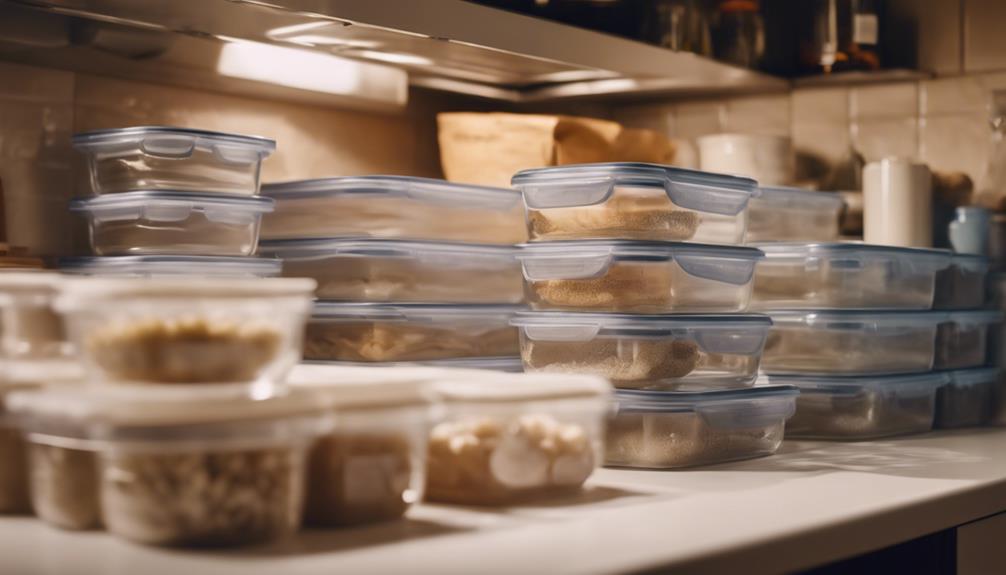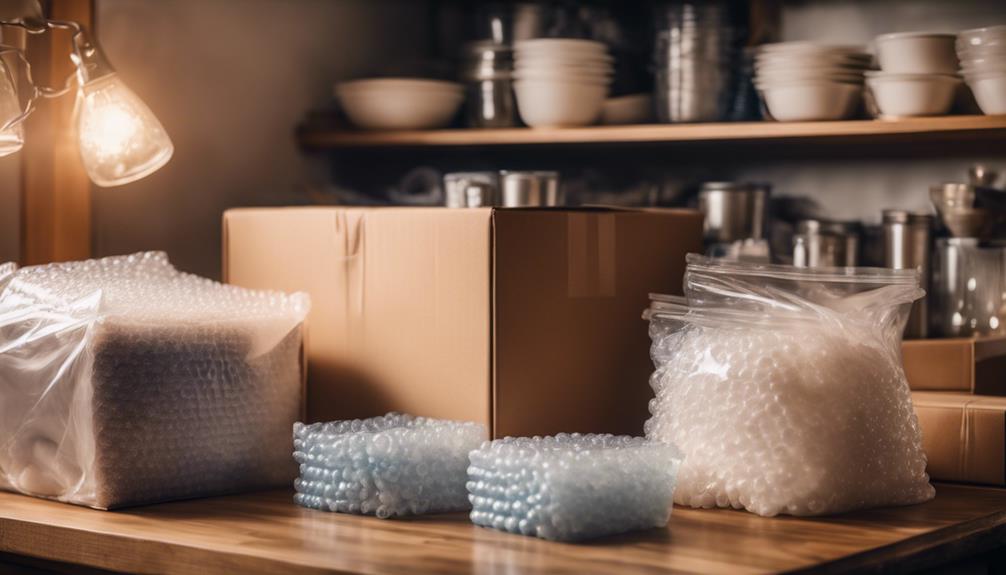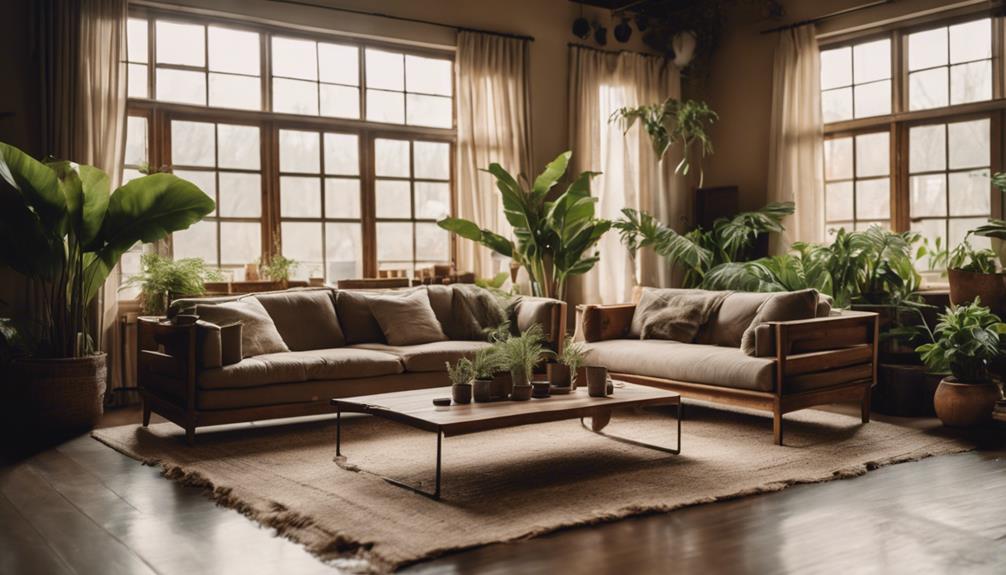Mastering kitchen packing to protect your delicates starts with the right materials. Use small boxes for glassware and liquor boxes with dividers for extra protection. Pack plates vertically in suitably sized boxes with cushioning to avoid breakage. When stacking cookware, nest smaller pieces inside larger ones for efficiency, and line box bottoms with towels for added safety. Wrap fragile items in thick clothing or bubble wrap to cushion them during transit. By organizing and labeling everything, you'll make unpacking a breeze. Stick around, and you'll uncover more tips and techniques for a successful kitchen move.
Materials for a Smooth Move
When you're gearing up for a move, you can find great packing materials at local liquor or grocery stores, which often offer free boxes perfect for your kitchen items.
Small boxes work wonders for packing glasses and stemware, while liquor boxes often come with cardboard separators, reducing the risk of breakage.
If you prefer new options, check out cell boxes available online or at places like The Container Store and U-Haul. These are particularly suitable for fragile decorative items like vases and candle holders.
By gathering the right materials, you'll guarantee a smoother packing process and keep your kitchen essentials organized and secure during the move.
Don't underestimate the value of proper boxes; they're a game changer!
Keep Dishes Safe
To guarantee your dishes stay safe during the move, always use pre-made cell boxes or dish saver kits for secure packing. These options provide reliable protection, reducing the risk of breakage.
If you prefer a DIY approach, choose a box that closely matches the size of your plates or bowls. Line the bottom with newspaper or kitchen towels for added cushioning. Remember to pack your plates vertically, as this prevents them from jostling against each other. Using multiple small boxes instead of one large box helps manage weight and minimizes the chance of damage.
- Use bubble wrap or towels for extra protection
- Organize dishes by type for easy unpacking
- Label boxes for quick identification
The Secret Is Stacking

Stacking your cookware efficiently is key to maximizing space and ensuring everything arrives intact.
Start with your largest pot or frying pan as the base, then nest smaller pieces inside.
Make sure to line the bottom of your box with towels or newspaper for extra protection.
It's crucial to use cushioning materials, like additional towels or packing paper, between each piece to prevent scratches and dings.
For added stability, flip one large cookware piece upside down to cradle the stack.
This method not only saves space but also keeps your items secure during transit.
Wrap for Safety
Carefully wrapping fragile items with towels or thick clothing greatly reduces the risk of breakage during your move. You can use heavy sweaters or sweatshirts as effective padding while packing.
Nesting small appliances is also a smart strategy, maximizing space and protection. For instance, bubble-wrapped silverware can fit snugly inside a blender or vase, keeping them all secure.
- Use towels to wrap dishes and glassware for extra cushioning.
- Pack small appliances together to save space and minimize movement.
- Bubble wrap is perfect for silverware and delicate items.
Additional Moving Tips

Organizing your items before packing can streamline the moving process and make unpacking much easier.
Start by sorting through your kitchen essentials, prioritizing what you'll need immediately in your new home.
When packing, think about weight distribution; place heavier items at the bottom of boxes and lighter ones on top to avoid damage.
Utilize resources like CORT Furniture Rental for efficient furniture delivery and decor rental, easing your shift.
Don't forget to label boxes clearly, so you know where everything goes upon arrival.
If you're unsure about packing techniques, check online resources and FAQs for helpful tips.
With these strategies, you'll make your move smoother and less stressful.
Frequently Asked Questions
How Do I Pack My Kitchen for Long-Distance Moving?
To pack your kitchen for long-distance moving, gather sturdy boxes, use cushioning materials, and wrap fragile items carefully. Organize by category and label boxes to guarantee easy unpacking when you reach your new home.
What Items Should I Avoid Packing Together?
Packing items together is like mixing oil and water; they just don't blend. Avoid packing fragile glassware with heavy pots, or sharp utensils with soft items. Keep your breakables separate for a smoother move.
Can I Use Plastic Containers for Packing Fragile Items?
Yes, you can use plastic containers for packing fragile items, but make certain they're sturdy. Cushion the contents with soft materials to prevent movement and guarantee everything stays secure during the move.
How Can I Label My Boxes Effectively?
Labeling your boxes effectively can feel like orchestrating a symphony! Use bold markers, color-coding, and detailed descriptions. Don't forget to note fragile items; it'll save you from chaos when unpacking at your new home!
What Should I Do if I Run Out of Packing Supplies?
If you run out of packing supplies, don't panic! You can use household items like towels, blankets, or even clothing for cushioning. Check local stores for quick alternatives, or ask friends for spare boxes.
How Can I Protect Delicate Items When Disposing Unwanted Items from the Kitchen?
When looking to get rid of unwanted items from the kitchen, it’s important to use smart disposal strategies for unwanted items, especially delicate items like glassware or fragile dishes. To protect these items, wrap them in bubble wrap or packing paper before placing them in a sturdy box for disposal.
Conclusion
Packing your kitchen doesn't have to be overwhelming. With the right materials and techniques, you can protect your delicate items and make your move easier.
Did you know that nearly 25% of items break during a move? By following these packing tips, you can markedly reduce that risk.
So, take your time, use sturdy supplies, and remember to wrap your fragile pieces carefully. You'll arrive at your new home with everything intact and ready to use!










